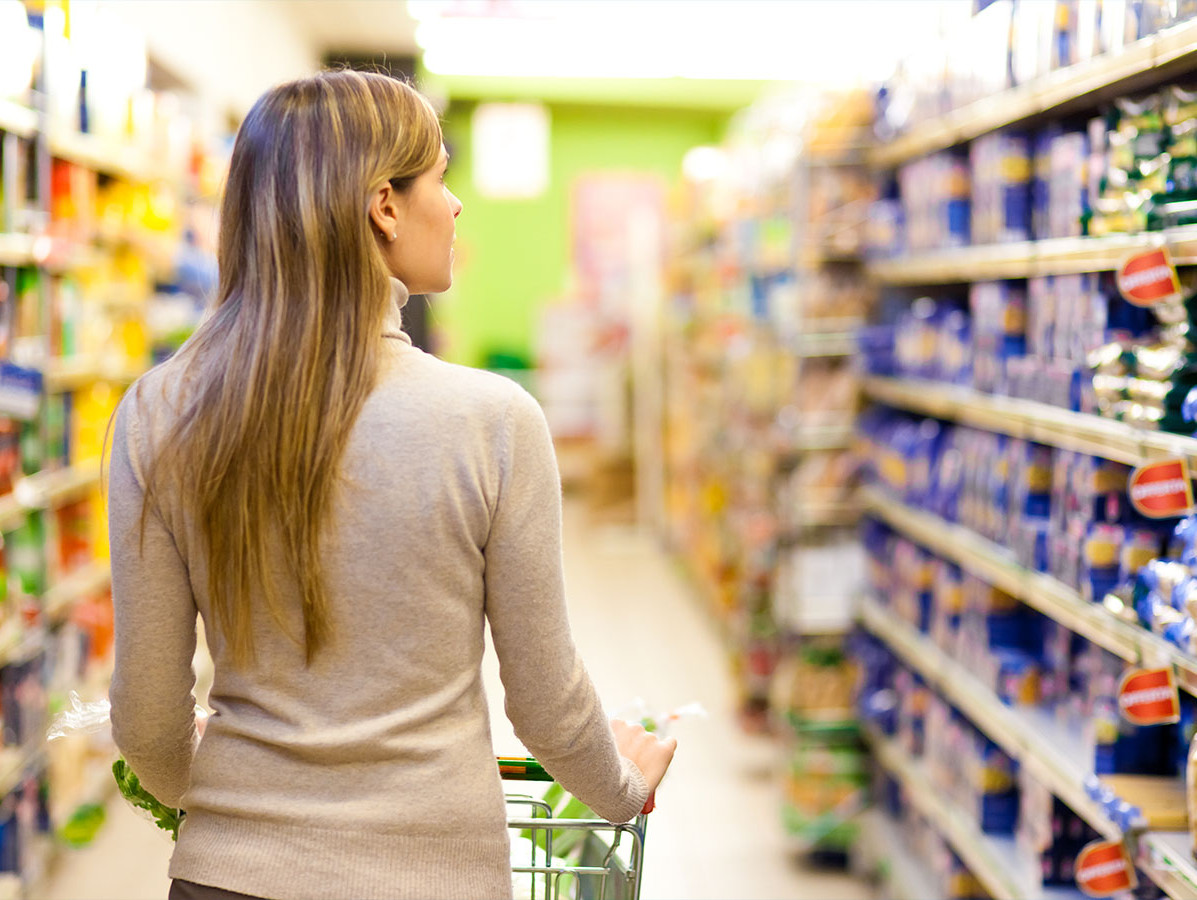
Shrinkflation in supermarkets shows no signs of stopping. That’s the conclusion of the Dutch Consumers’ Association following new research. What stands out is that products that were quietly downsized before have become even smaller.
In 2024, the Consumers’ Association’s Fair Reporting Center received 250 complaints about shrinkflation, fewer than in previous years. According to director Sandra Molenaar, there are two possible explanations: “This could be because many brands have already reduced the content of their packaging. Or because consumers simply don’t notice the shrinkage. The latter isn’t surprising, as we see manufacturers adjusting package contents very slyly in small, gradual steps.”
One example is Maaslander, which reduced the contents of a pack of aged cheese from 150 grams to 140 grams at the end of 2024. A relatively small change, but in 2023, the same package had already been reduced from 200 grams to 175 grams and then to 150 grams. “Altogether, that’s a significant reduction over a few years. Meanwhile, the price didn’t drop proportionally,” Molenaar explained. Ariel laundry capsules and Snack a Jacks rice cakes followed a similar pattern, shrinking from 14 to 10 capsules between 2020 and 2025 and from 145 grams to 103 grams since 2017.
In response to the research, manufacturers claim that retailers are responsible for setting final prices. They themselves only provide recommended prices, but companies like Nestlé and Mentos do not disclose these publicly. Some manufacturers also try to frame the reduced contents as a ‘product improvement’ that supposedly better suits consumer preferences.
Molenaar calls this misleading: “It’s all nonsense. Just be honest and clear. Indicate on the packaging that there’s less inside, or keep the contents the same and raise the price. It’s not ideal, but it’s fairer.”
Source: Consumentenbond